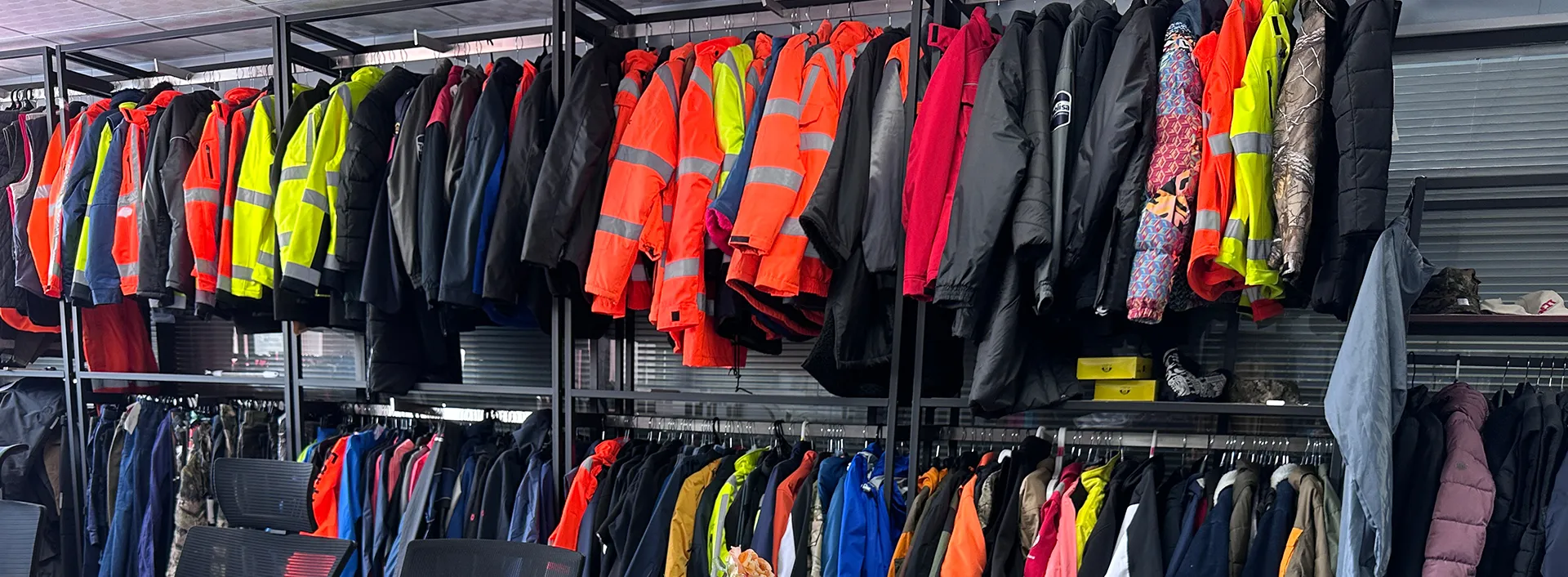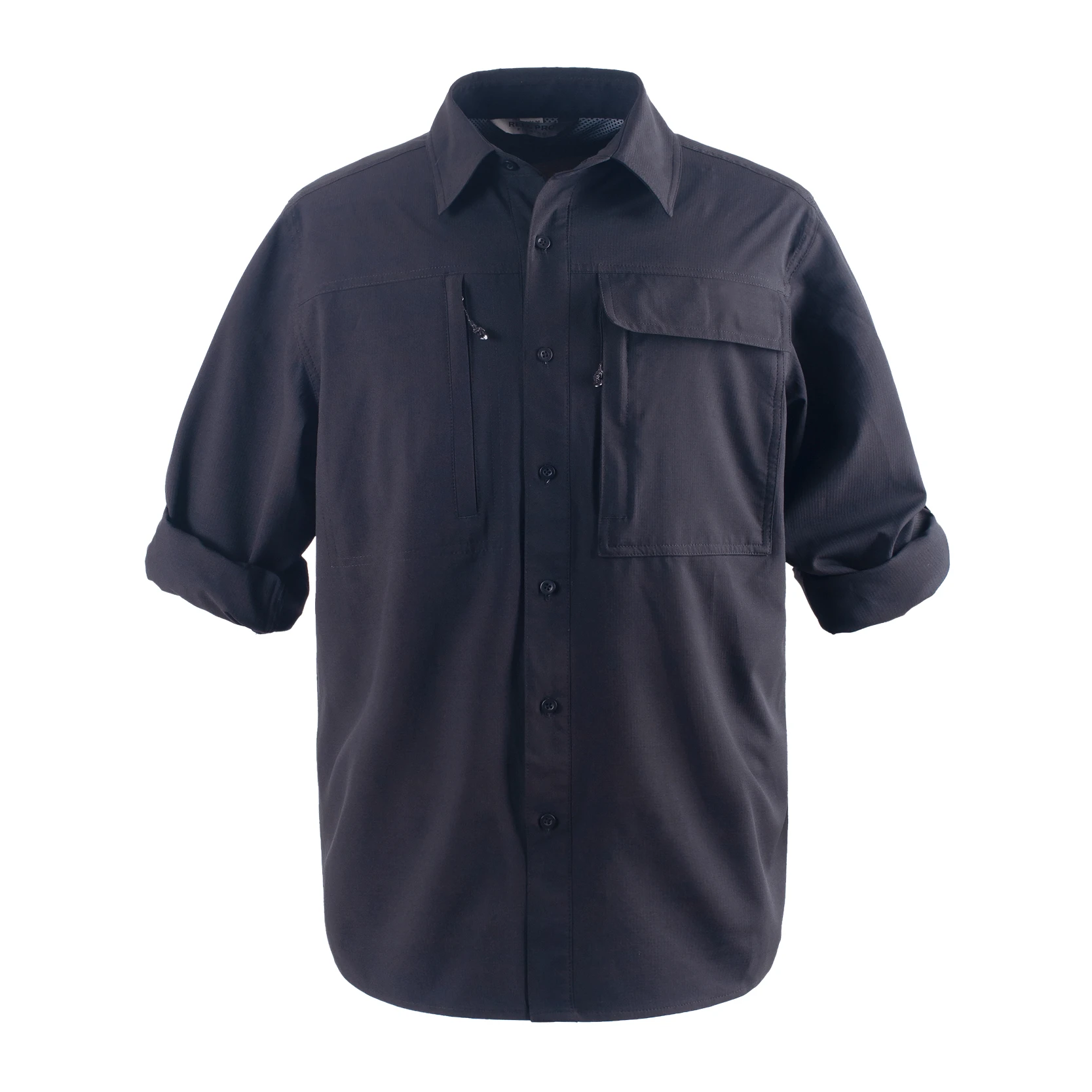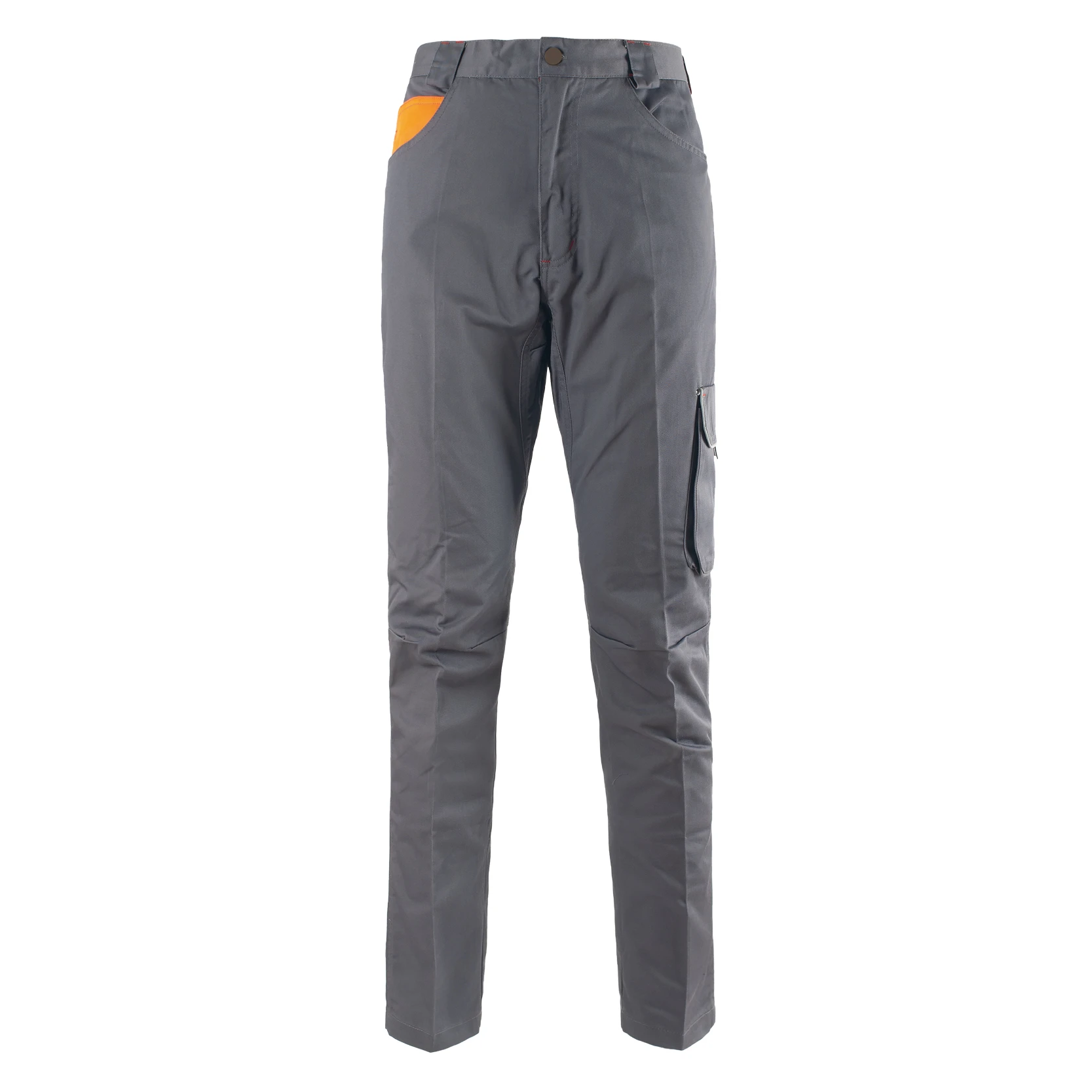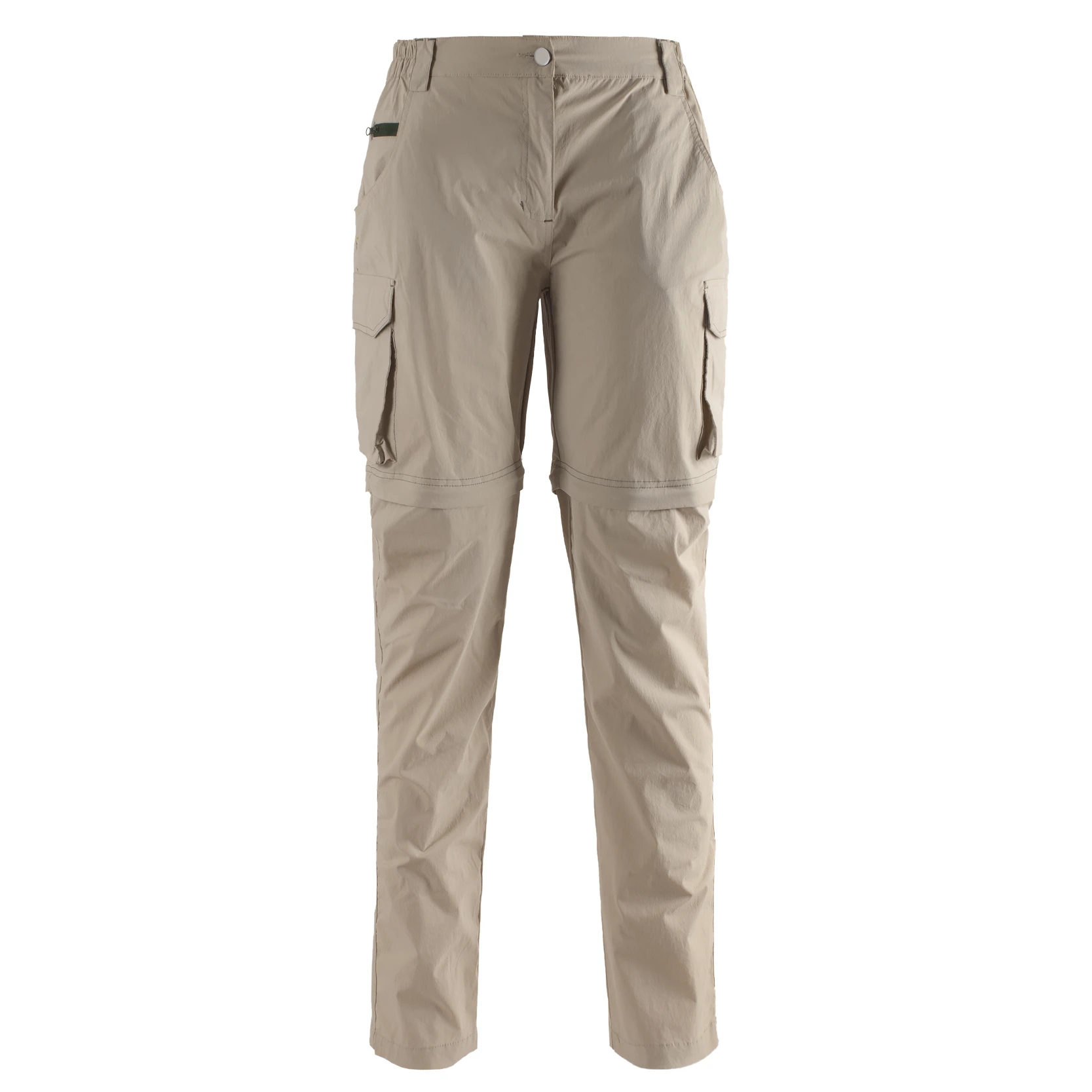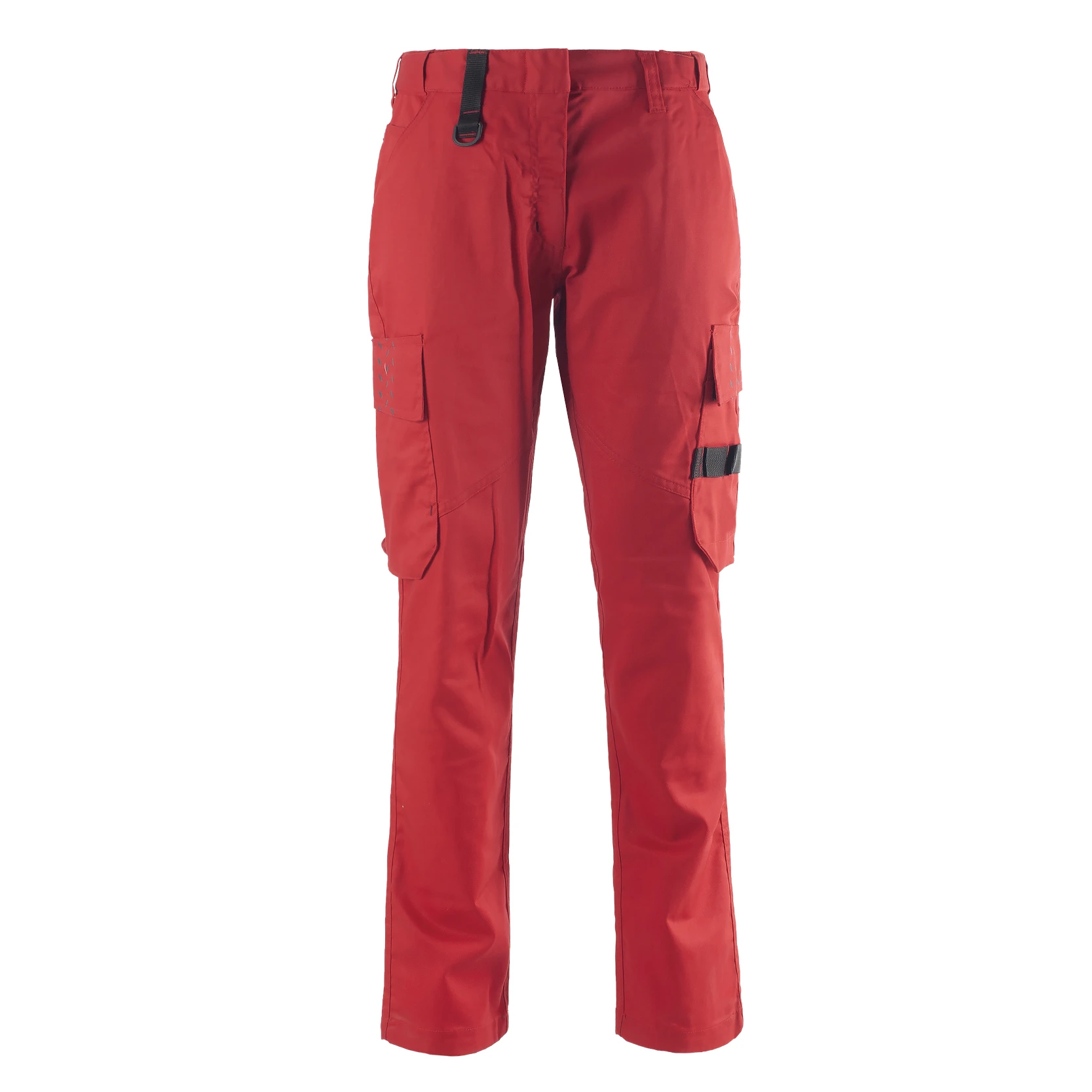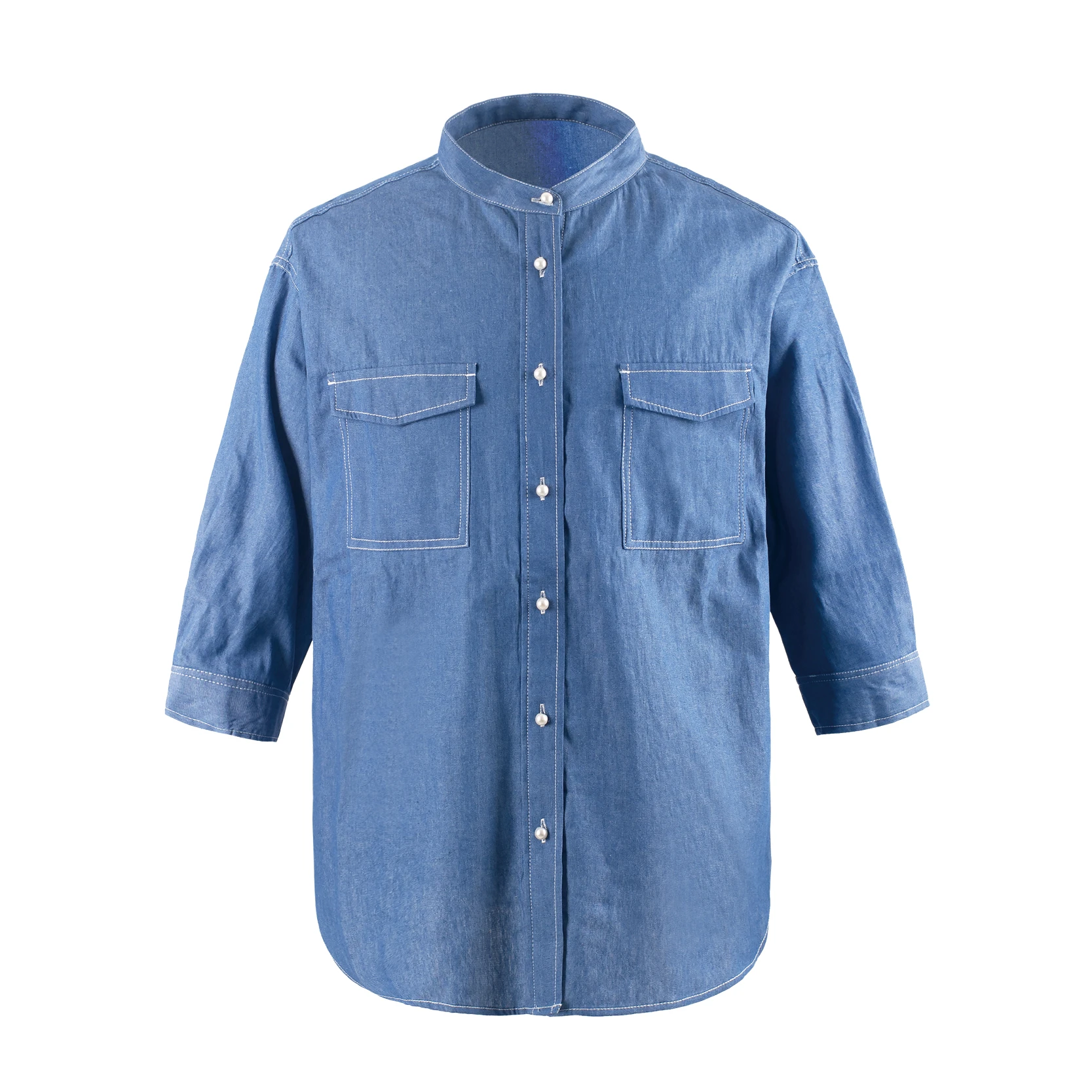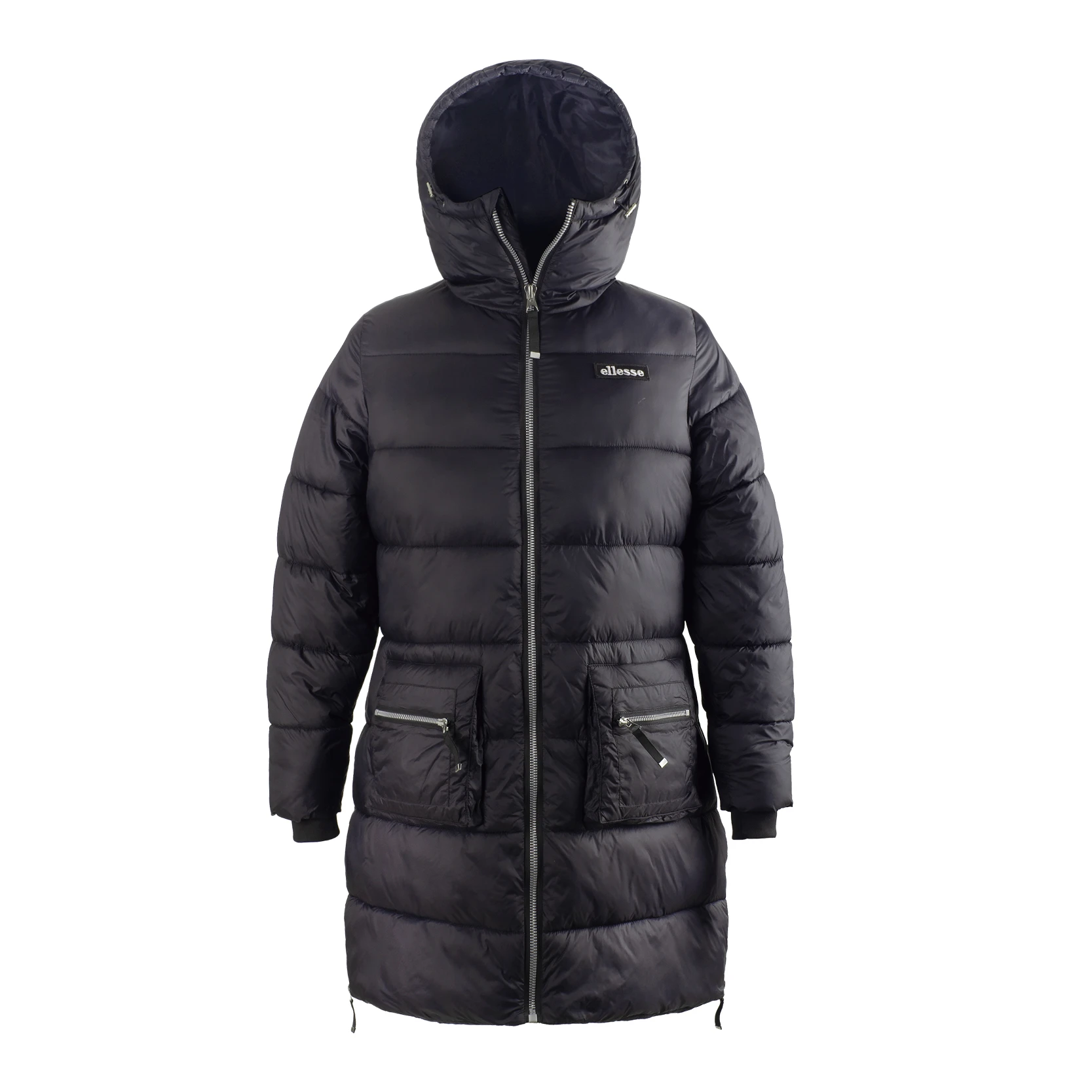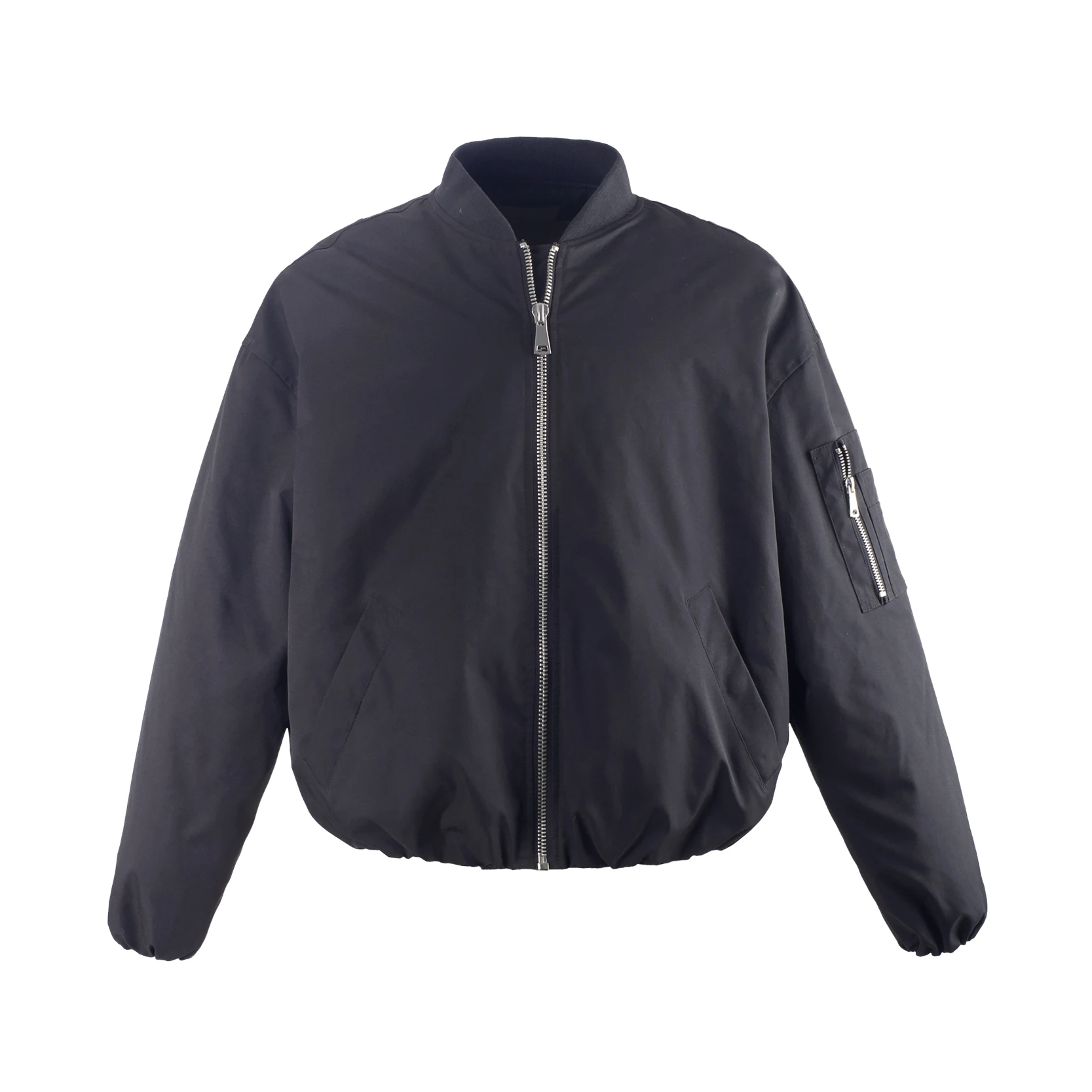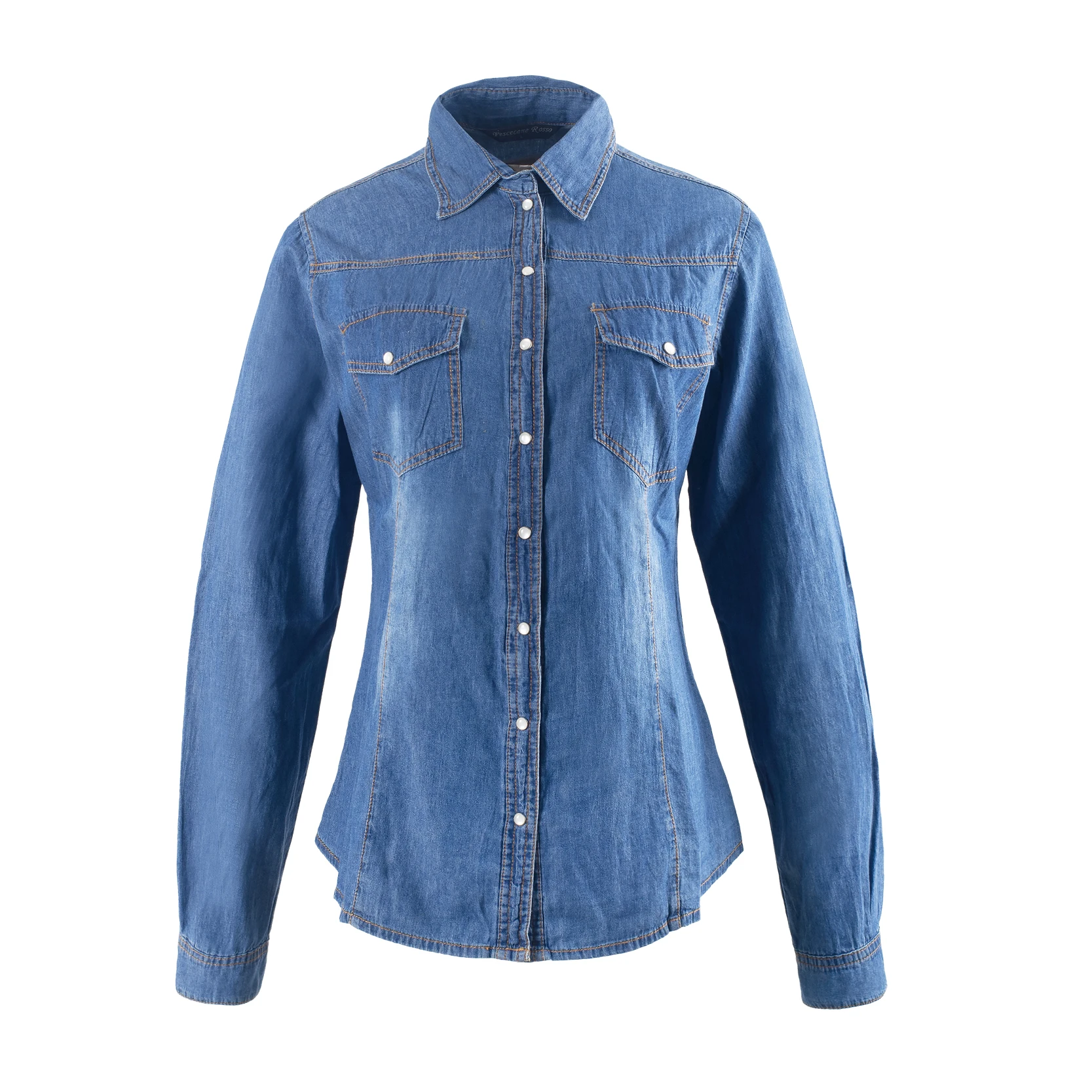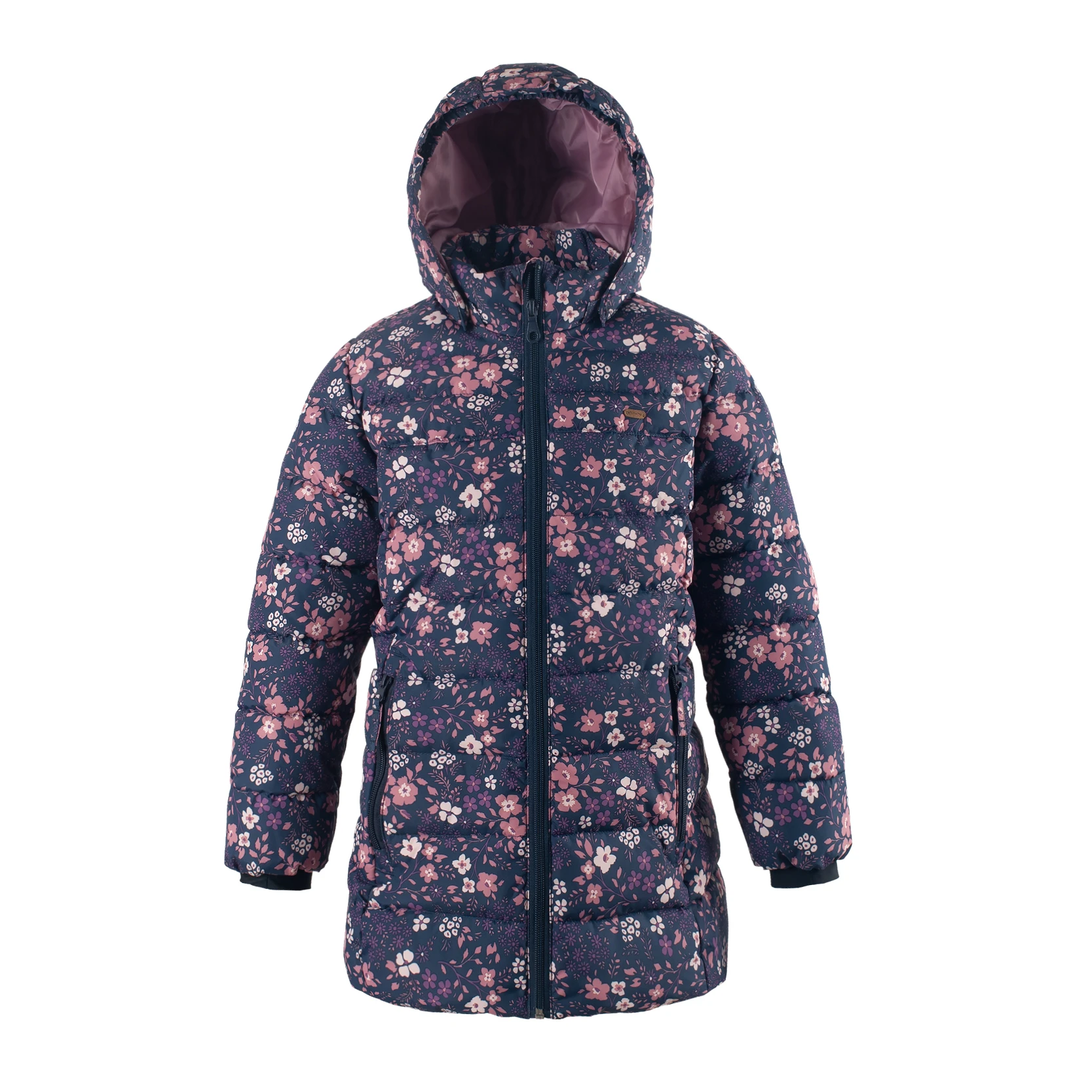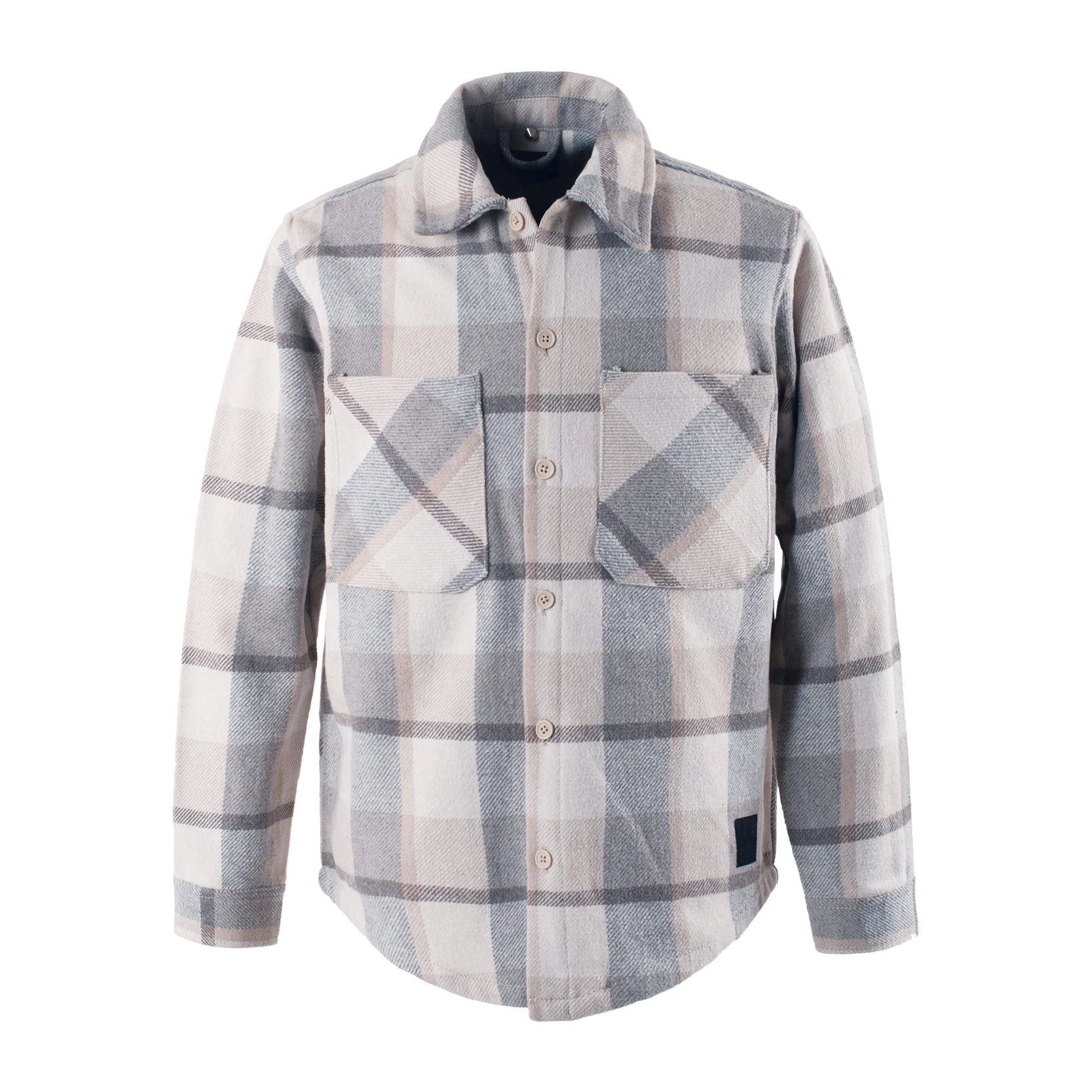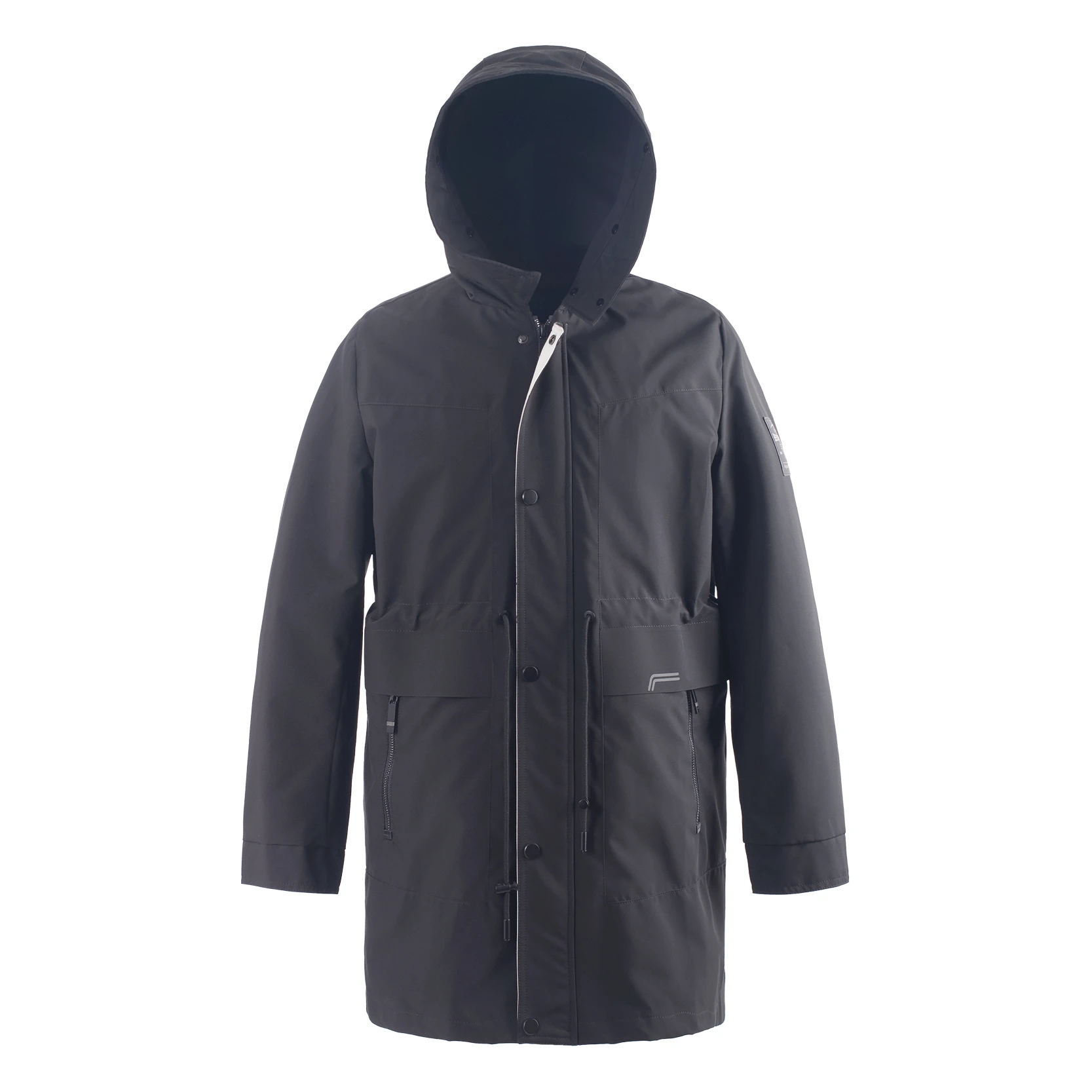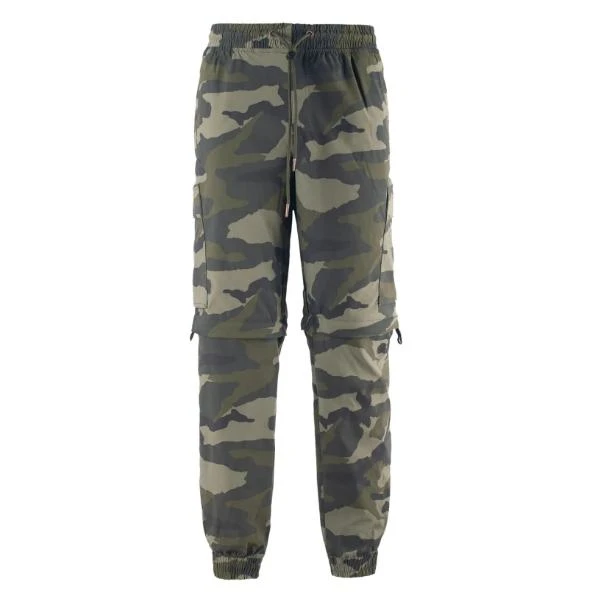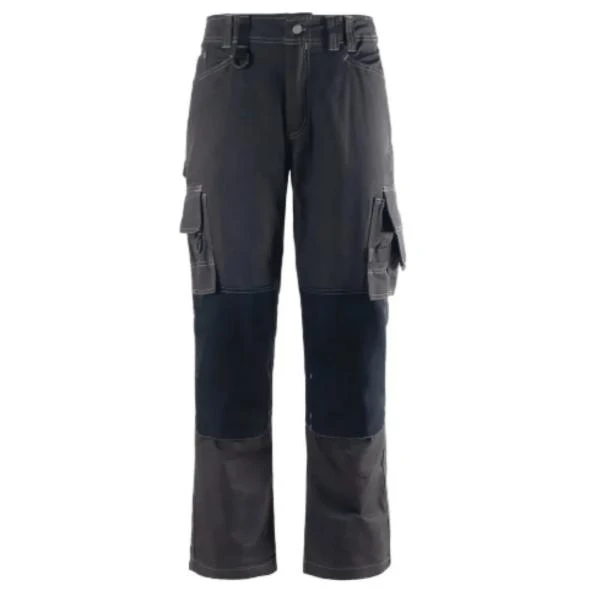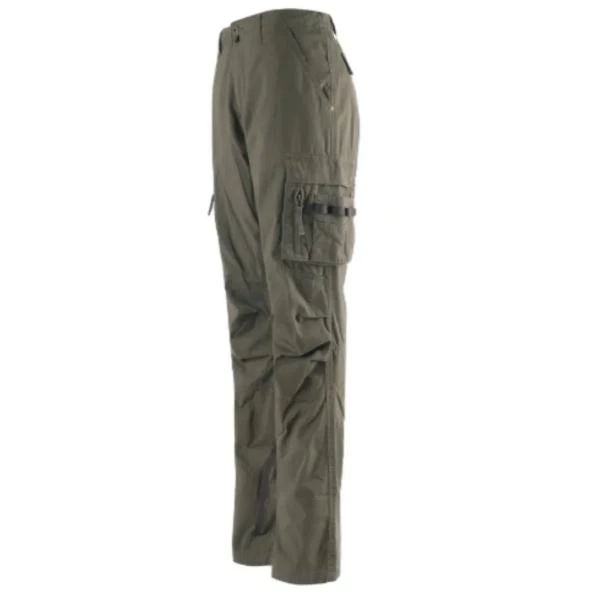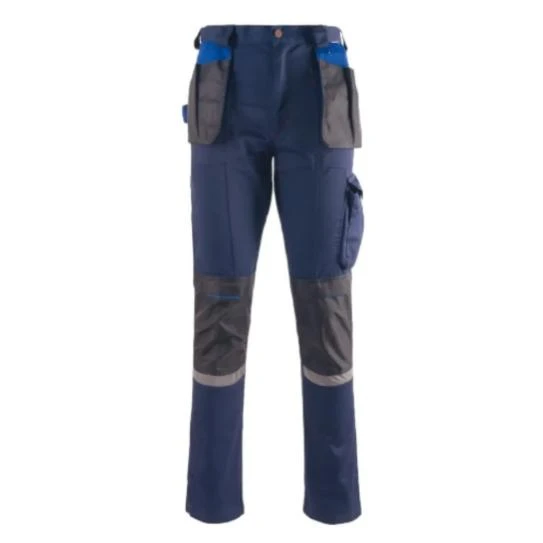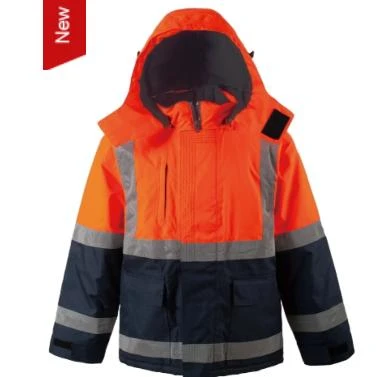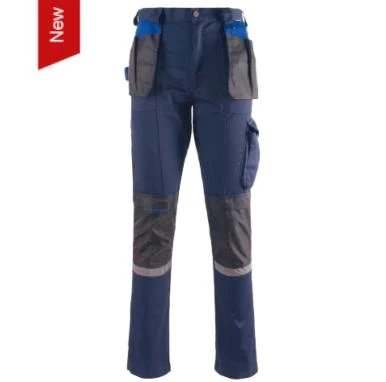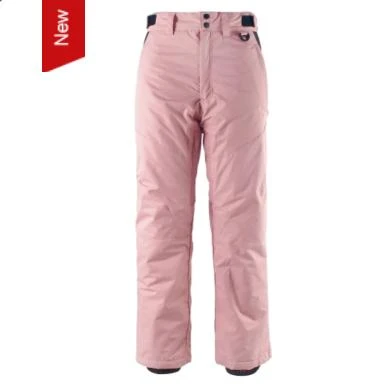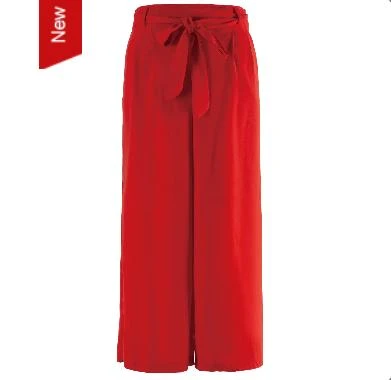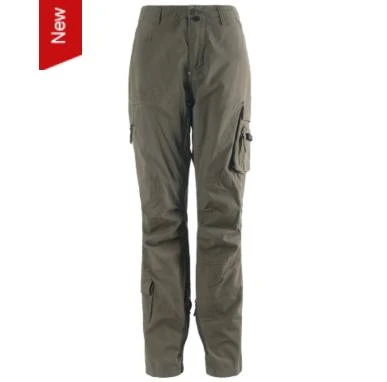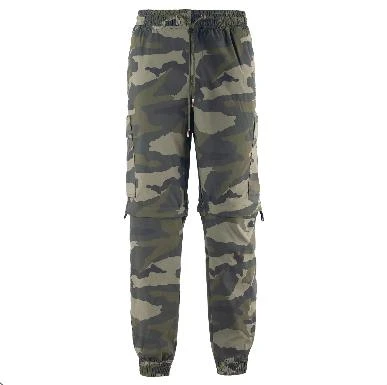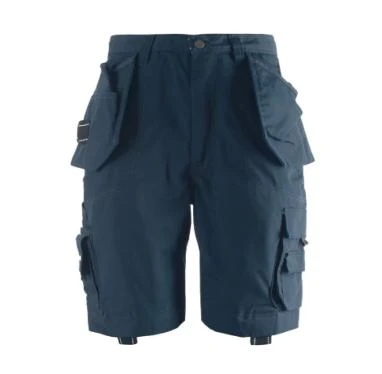High-performance reflective work pants have evolved into a critical component of workplace safety across numerous industries. This comprehensive resource covers industry trends, technical parameters, manufacturing process, technical advantages, vendor comparison, customization solutions, and application case studies—backed by real-world data, specification charts, and visualized analytics, ensuring maximum trust and value.

Industry Trends: The Rise of Reflective Work Pants in 2024
As workplace safety and compliance standards (such as ISO 20471:2013 and ANSI/ISEA 107) continue to evolve, the global market for reflective work pants and work pants with reflective stripes has seen rapid growth. According to MarketsAndMarkets, the high-visibility clothing sector is projected to reach $2.2 billion by 2026, with CAGR topping 8.5%.
- Demand drivers: Safety regulation, urbanization, and infrastructure expansion.
- Key industries: Oil & gas, metallurgy, water supply, transport, utilities, mining.
- Enhanced visibility work pants now frequently offer modular design, flame resistance, waterproofing, and sustainability options.
- Major customers seek custom hi vis clothing for branding, role identification, and enhanced worker morale.
Let's explore how technical innovations and custom solutions are setting new standards in the modern workplace.
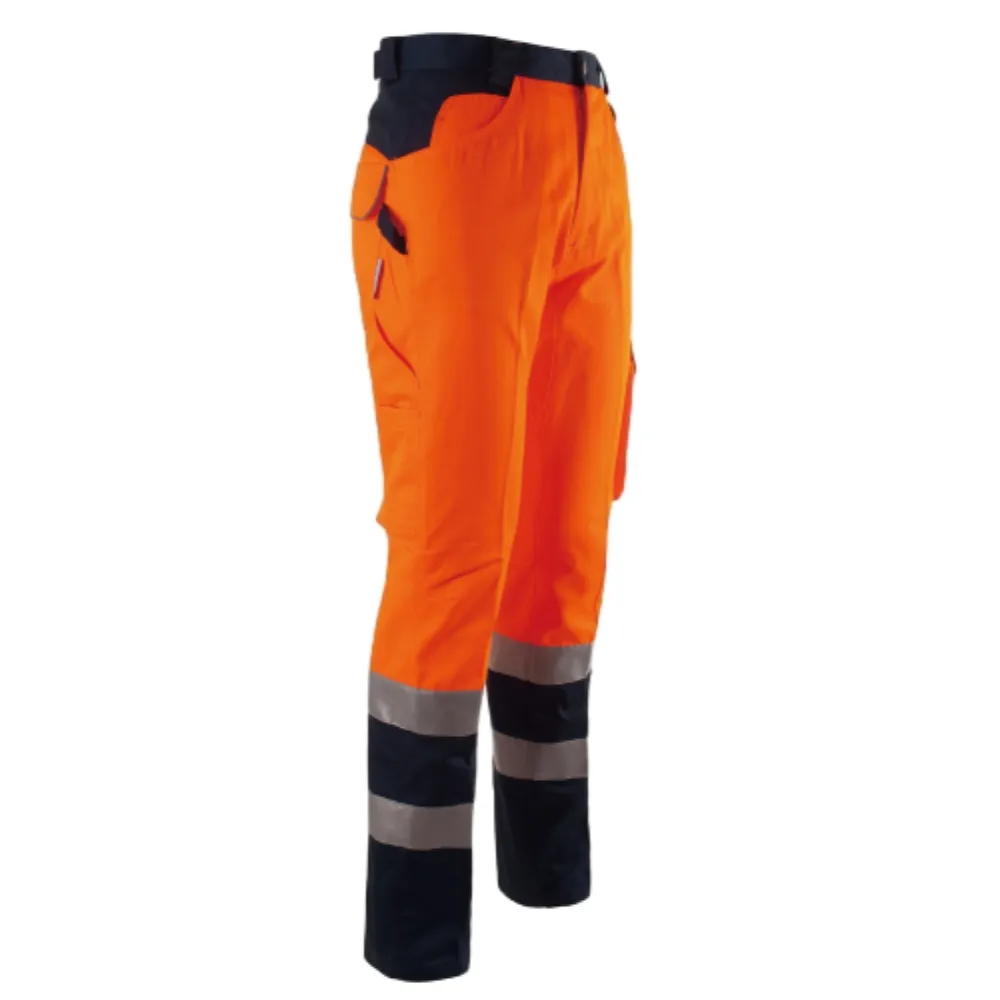
Technical Parameters: Reflective Work Pants Specification Table
Selecting optimal reflective work pants depends on multiple specification factors—materials, brightness, seam strength, moisture resistance, and compliance. Compare core models by global hi vis workwear suppliers:
| Product | Material | Reflectivity (cd/lux/m²) | Cert. Standard | Weight (g/m²) | Durability (Wash Cycles) | Features |
|---|---|---|---|---|---|---|
| High - Visibility Warning Work Pants reflective work pants |
65% Polyester, 35% Cotton + 3M Scotchlite | >450 | EN ISO 20471, ANSI | 250 | >50 | Waterproof, Anti-static, Breathable |
| Standard Hi Vis Work Pants | 100% Polyester + Reflective Tape | 380 | EN 471 | 210 | 30 | Rainproof, Basic Reflectivity |
| Fire-Resistant Hi Vis Pants | 99% Cotton, 1% Anti-static + Reflective | 420 | EN ISO 11612 | 325 | 40 | Flameproof, Anti-static |
| Lightweight Summer Hi Vis Pants | Poly-cotton Light Mesh | 350 | ANSI 107 Class E | 175 | 20 | Ventilated, Quick-dry |
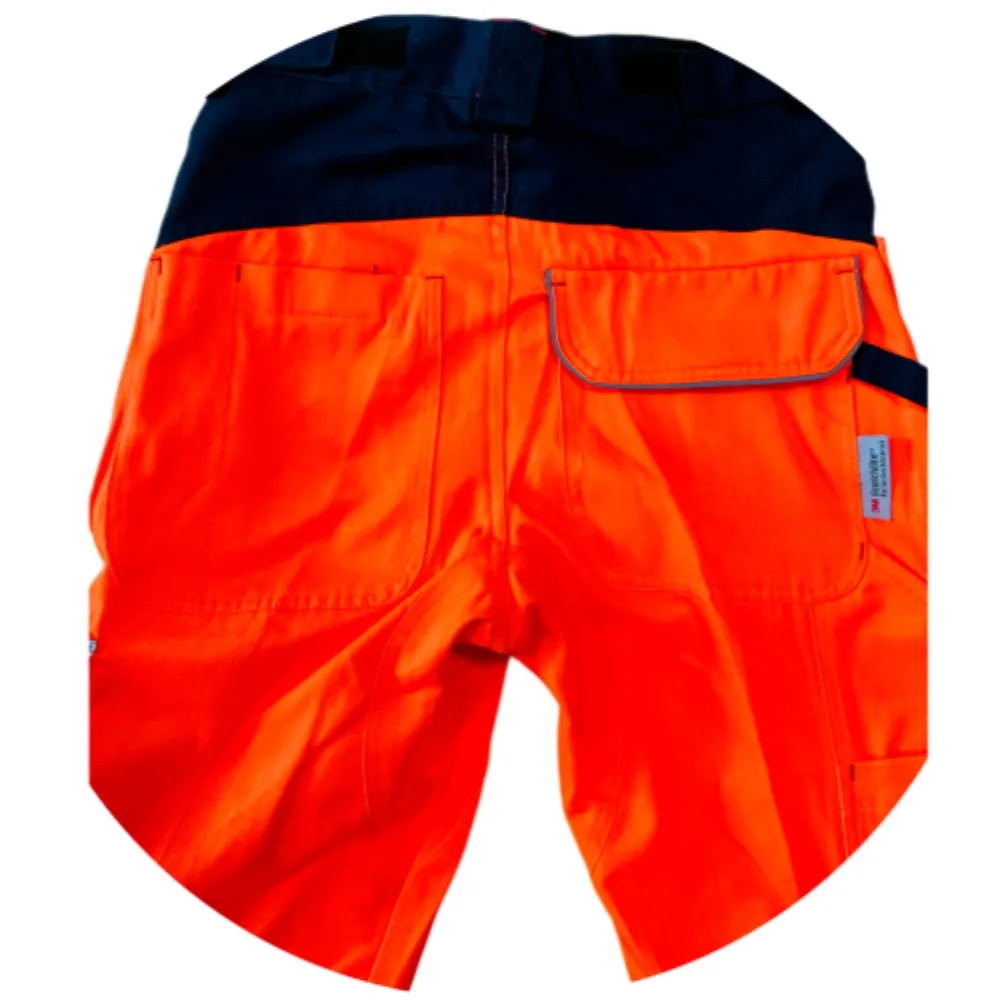
Visualizing Specification Trends
Analyze critical parameters over 5-year periods among leading reflective work pants models. See how reflectivity, durability, and fabric engineering have advanced.
Manufacturing Process of Reflective Work Pants (with Diagram)
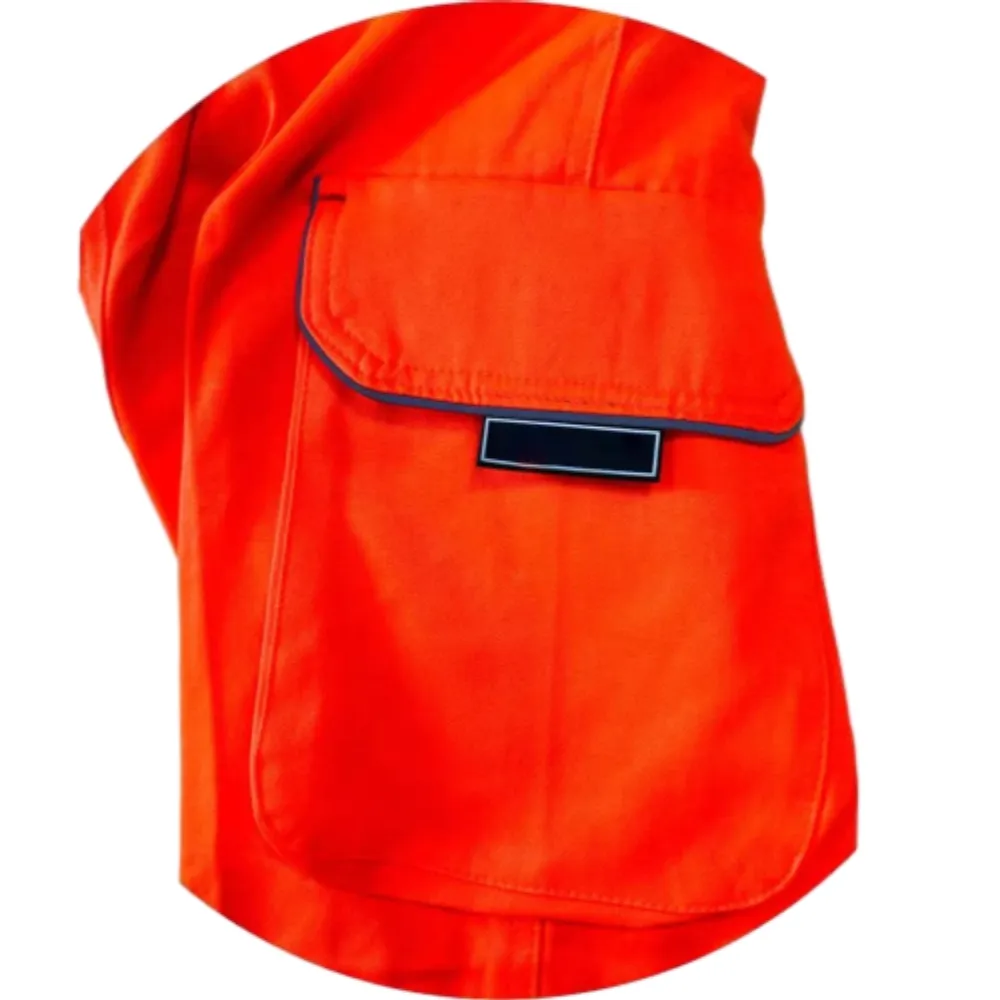
The manufacturing of high-quality reflective work pants involves a multi-step process ensuring compliance, performance, and reliability.
-
Material Selection & Procurement:
- Certified flame-resistant, anti-static, and waterproof polyester/cotton blends.
- Integration of authentic 3M Scotchlite™ or equivalent reflective tape, meeting EN ISO 20471 and ANSI/ISEA 107 reflectivity thresholds (>450 cd/lux/m²).
-
CNC Cutting & Patterning:
- Precision-cutting via advanced CNC-automated machinery for consistent sizing and minimized fabric waste.
-
Industrial Assembly & Stitching:
- Automated sewing to reinforce vital seams, pocket structures, and crotch gussets for maximum mobility. Double/triple-stitching at stress points.
-
Reflective Tape Application:
- High-temperature bonding or secure sewing, tested for tape adhesion & resistance to 50+ washing cycles.
-
Quality Inspection & Testing:
- Conformance to ISO, ANSI, EU standards: colorfastness, seam tensile, hydrostatic resistance, and photometric reflectivity.
- Batch random-sample destructive testing (fabric tear, solvent exposure, abrasion).
-
Finishing:
- Trimming of excess threads, surface cleaning, anti-wrinkle treating, and secure packaging for global shipment.
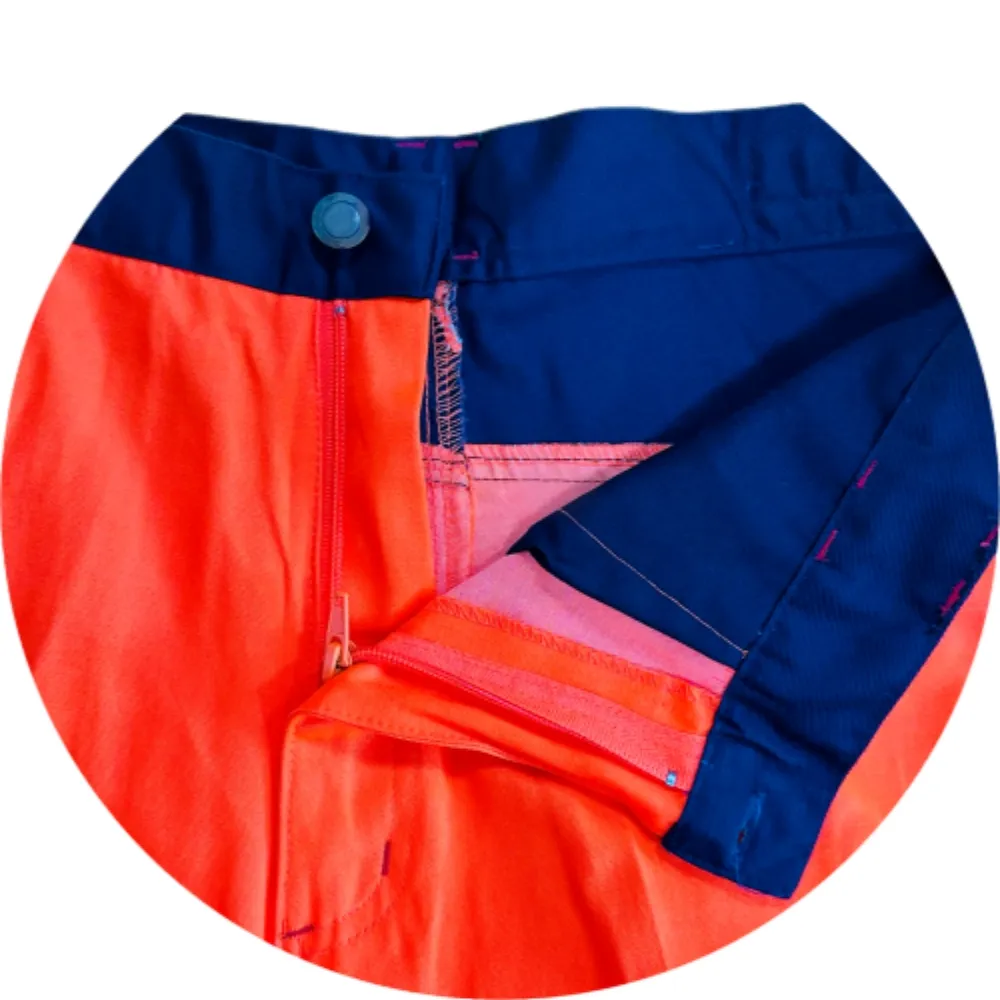
Key Material & Technology Advantages Explained
- Reflective Tape Technology: Utilizes microprismatic retro-reflective elements for >450 cd/lux/m² brightness under direct light, outperforming glass-bead types in rain and fog.
- Fabric Engineering: Modern poly-cotton blends balance tear strength (>800N), water repellency, and thermal comfort; triple-stitched main seams support high-mobility usage.
- Finish Treatments: Optional oil-repellent and anti-static surface finishes allow use in petrochemical and electrical maintenance industries.
- Functional Customizations: Pockets for tools, knee pad inserts, and logo embroidery available via OEM for custom hi vis clothing orders.
- Compliance & Traceability: Each batch traceable via QR-coded packaging for post-market monitoring and customer feedback.
Performance Data Visualization: High - Visibility Warning Work Pants vs Industry Benchmarks
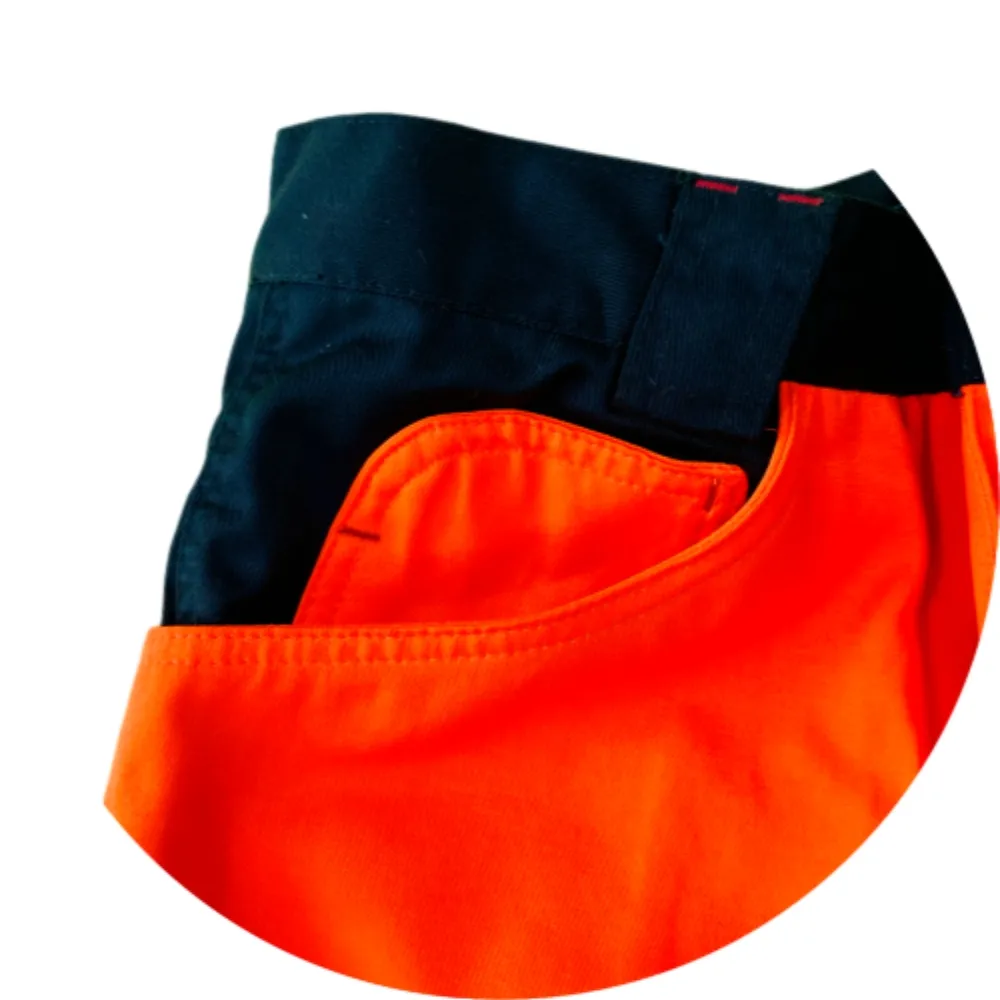
Vendor Comparison: Major Hi Vis Workwear Suppliers
| Supplier | Product Range | Certifications | MOQ (pcs) | Main Markets | Lead Time |
|---|---|---|---|---|---|
| Pullytrade reflective work pants |
Pants, Jackets, Bibs, Vests, OEM/ODM | ISO, ANSI/ISEA, EN | 50 | EU, US, AU, Middle East | 10-18 days |
| Arco (UK) | Pants, Overalls, Jackets | EN ISO | 100 | Europe | 15-25 days |
| Red Kap (USA) | Hi-Vis, FR Clothing | ANSI, NFPA | 50 | USA, Canada | 18-30 days |
| Portwest (IRL) | Pants, Rainwear, Jackets | ISO, ANSI/EN | 70 | Global | 12-22 days |
Third-Party Certifications & Testing
- EN ISO 20471:2013 – High-visibility clothing standards for all risk levels
- ANSI/ISEA 107 – US standard for garment design, retroreflective performance & durability
- OEKO-TEX® – Non-toxic, eco-safe textile processing
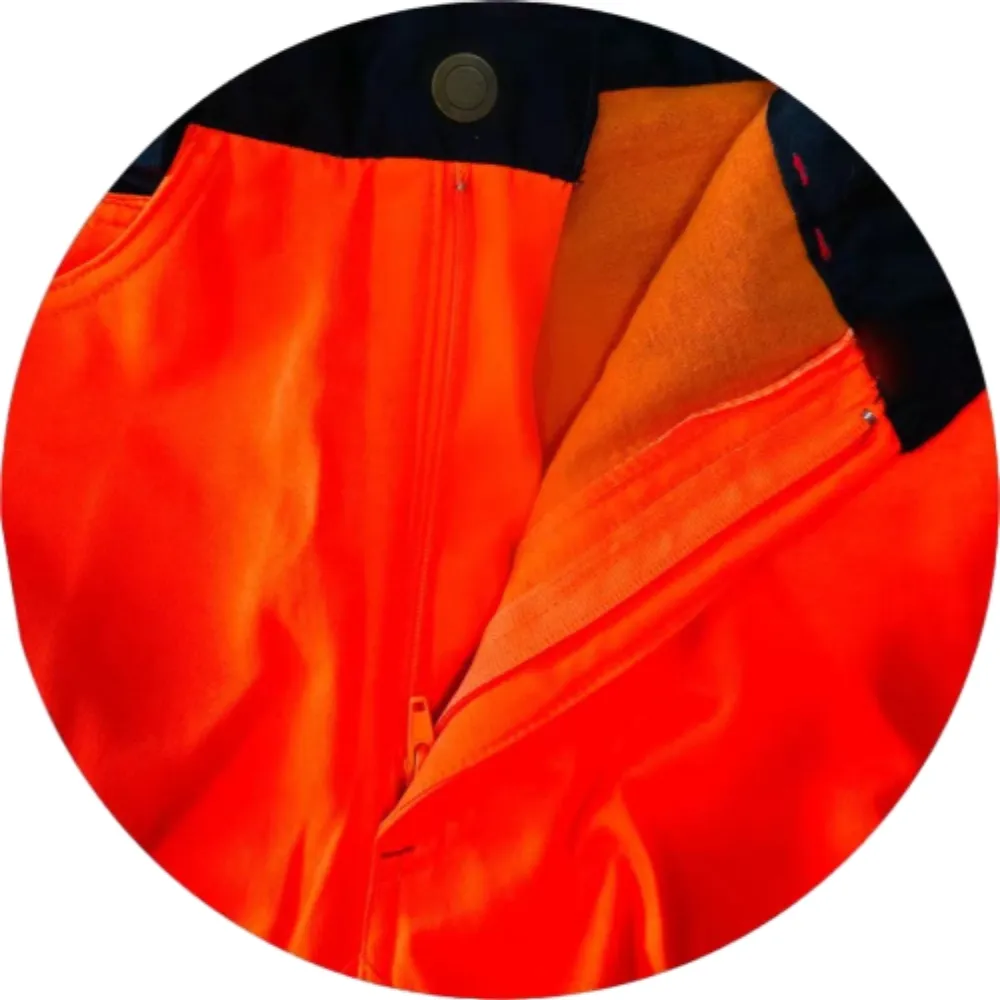
Customization Solutions for Custom Hi Vis Clothing
Leading brands and enterprises increasingly demand custom hi vis clothing for both compliance and company image. Pullytrade delivers end-to-end OEM & ODM solutions:
- Color & Patterns: Fluorescent yellow, orange, blue, green, and two-tone options. Tape patterns with user-defined widths.
- Pocket & Fit Adjustments: Tool pocket configurations, adjustable waists, ergonomic knee panels, gendered fits.
- Company Branding: Custom logo embroidery, heat-transfer prints, or QR-based ID tagging for tracking and role assignment.
- Enhanced Comfort: Breathable, stretchable mesh zones, moisture wicking fabrics for year-round use.
- Fast Prototyping: Sample turnarounds as fast as 5 days, small-MOQ programs for pilot launches.

Application Scenarios & Real-World Success Cases
Customers in petrochemical, metallurgy, water utilities, logistics, and construction sectors benefit from adopting reflective work pants:
- Petrochemical Facilities: Flame-retardant, anti-static designs reduce risk during explosive material transfers; field studies (2022) show a 47% drop in incident rates.
- Water Treatment Plants: Waterproof seams and corrosion-resistant tapes prolong lifespan in humid, chemical-rich zones.
- Highway Constructions: Nighttime visible at 200+ meters under low beam headlamps, as measured by ANSI-compliant test labs.
- Mining Operations: Puncture-resistant knees and reinforced crotch seams withstand harsh terrain and machinery snagging.
Project Delivery, Warranty, and Customer Service
- Lead Time: 10-18 business days for batch production; rush programs available for critical orders.
- Warranty: All pants covered by 18-month usage warranty; covers reflectivity, seam integrity, and colorfastness.
- Support: 24/7 technical support; on-demand video conferencing with textile engineers.
- Global Shipping: DDP, DAP, CIF available; sustainable packaging (recycled poly-bags, paper cartons).
- Documentation: Certificates of origin, batch QC reports, test sheets included in every shipment.
FAQ: Technical Terms & Professional Answers
1. What is the difference between EN ISO 20471 and ANSI/ISEA 107 standards?
Both are global benchmarks for reflective work pants. EN ISO 20471 (EU) focuses on minimum area and placement of reflective bands, while ANSI/ISEA 107 (USA) grades garments by performance class and includes more detailed testing for flame/arc resistance.
2. What is the role of 3M Scotchlite™ tape in work pants with reflective stripes?
3M Scotchlite™ tape contains microprismatic retro-reflectors for brighter visibility, especially in rain or low-angle lighting, outperforming generic glass-bead reflectives in durability and brilliance.
3. What are the most common fabric specifications in enhanced visibility work pants?
Typical specs: 65/35 poly-cotton at 230–350g/m²; options include FR (fire-retardant) cotton, anti-static blends, and mesh weaves for summer models.
4. How are quality and consistency maintained in large OEM/ODM orders?
Via batch-level barcoding, ERP-driven production scheduling, automated cutting, and rigorous end-line testing per ISO, ANSI, and OEKO-TEX®.
5. What is the expected lifespan under industrial washing cycles?
High-end reflective work pants, like Pullytrade’s, maintain EN/ANSI reflectivity and seam integrity up to 50 industrial washes at 60°C (per third-party test labs).
6. Can branding or QR-based IDs be incorporated for tracing and compliance?
Yes, custom hi vis clothing allows for embroidered logos, printed serials, and QR tags—enabling equipment assignments, personnel tracking, and rapid compliance verification.
7. Which inspection tests are performed before shipment?
Tests include: retroreflectivity (photometric), seam strength (tensile), colorfastness to sweat/light, hydrostatic resistance, and random destructive fabric/pocket strength.
References & Further Reading
- MarketsAndMarkets – High-Visibility Clothing Market Overview (2023)
- Safety Community Forum: Full Guide to ANSI/ISEA 107-2015
- Agency for Healthcare Research and Quality: Best Practice – Hi Visibility Wear
- LoveToKnow: Reflective Clothing – Useful for Standard Compliance
- Journal of Cleaner Production: Sustainable High-Visibility Textiles Research


